Rainforests are home to some of the most unique plants on Earth. Sadly, many are on the brink of extinction. These rare species face threats like deforestation, climate change, and illegal collection. Each plant has its own incredible story and specific location, thriving in ecosystems that are rapidly disappearing. Protecting them is vital for preserving biodiversity and the intricate balance of life in rainforests. Here’s a look at a few rare rainforest plants struggling to survive.
Corpse Flower (Rafflesia arnoldii)
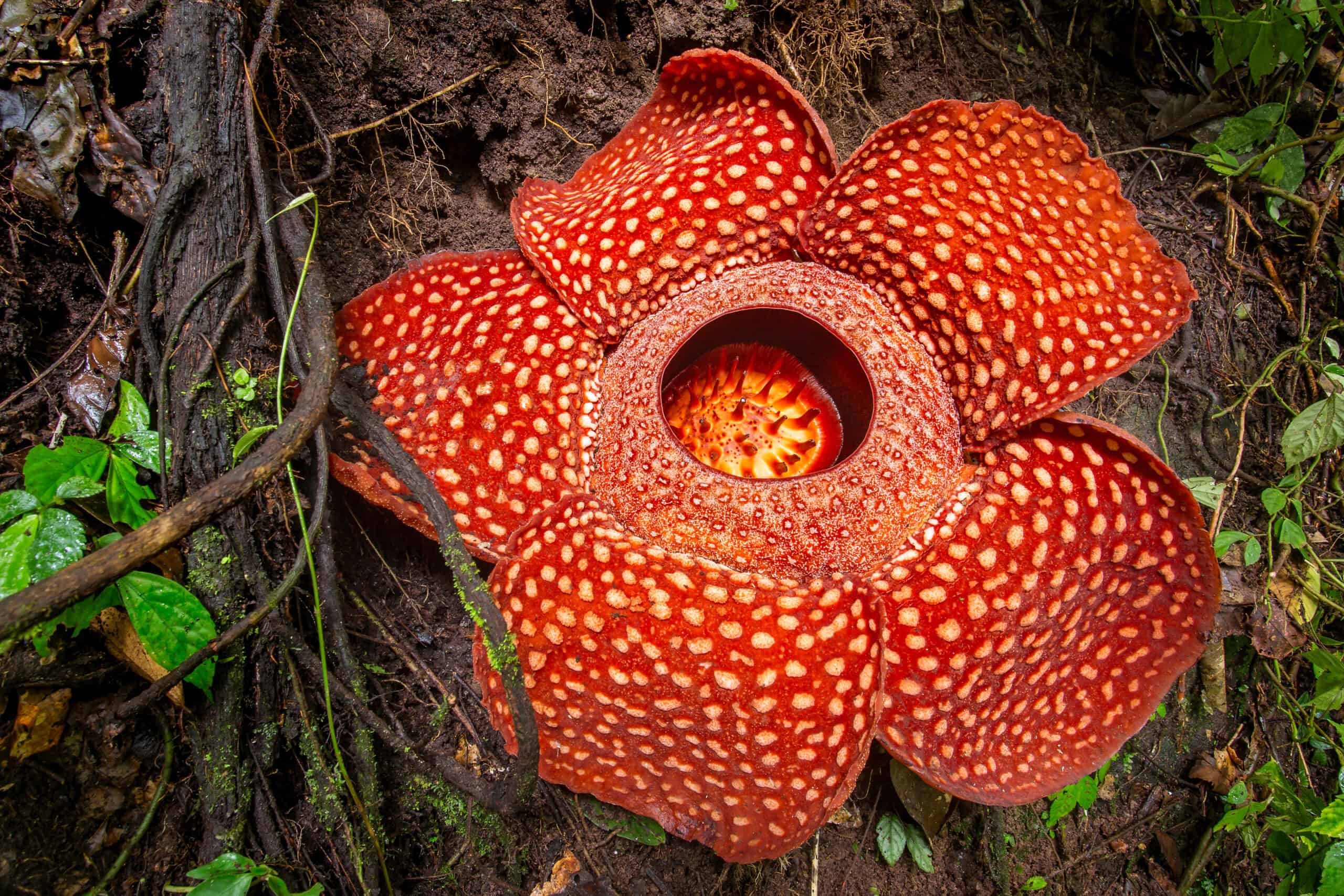
The Corpse Flower, known for its overwhelming smell, is one of the largest flowers in the world. It grows in the rainforests of Sumatra and Borneo. With no roots, stems, or leaves, it survives as a parasite on the Tetrastigma vine. Its bloom can reach over three feet in diameter, but it only lasts for a few days. The flower’s putrid odor helps attract flies and beetles for pollination. Habitat loss from deforestation has drastically reduced its population. Efforts to protect the rainforests are crucial for its survival.
Attenborough’s Pitcher Plant (Nepenthes attenboroughii)

Attenborough’s Pitcher Plant is a carnivorous species discovered in the Philippines. It thrives in the highland rainforests of Mount Victoria. Its giant pitchers, which can hold up to two liters of water, trap insects and small animals. The plant’s deep red color and slippery inner walls ensure prey cannot escape. It is named after naturalist Sir David Attenborough, who helped raise awareness about its conservation. Unfortunately, the destruction of its habitat has made it extremely vulnerable.
Red Angel’s Trumpet (Brugmansia sanguinea)
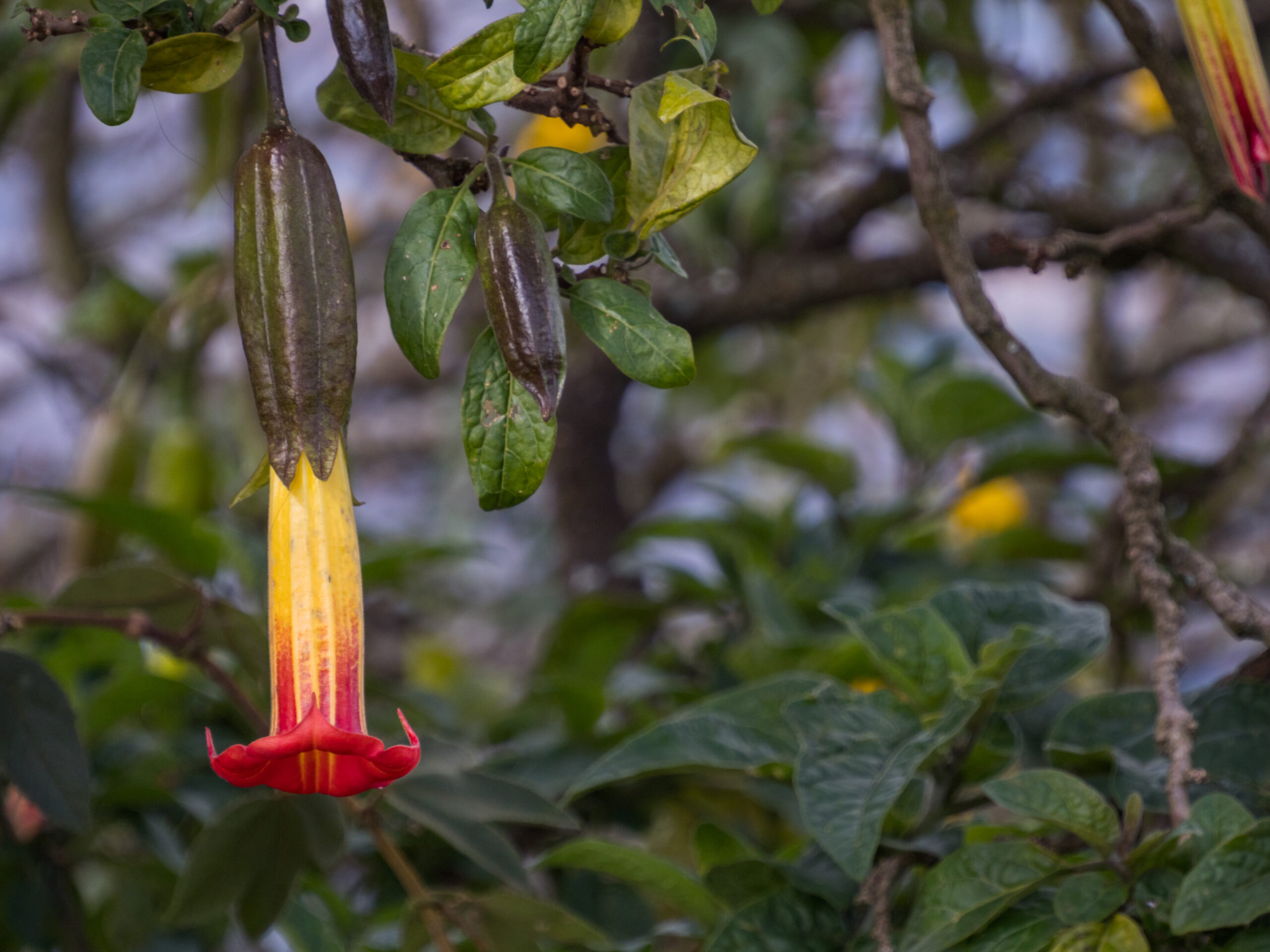
The Red Angel’s Trumpet is a striking plant found in the Andean rainforests of South America. It has bright red, trumpet-shaped flowers that dangle gracefully from its branches. This species is highly toxic, with all parts of the plant containing potent alkaloids. Once widespread, it has become endangered due to habitat destruction and overharvesting for ornamental use. The plant is particularly important in traditional medicine for indigenous cultures, though it requires careful handling.
Titan Arum (Amorphophallus titanum)
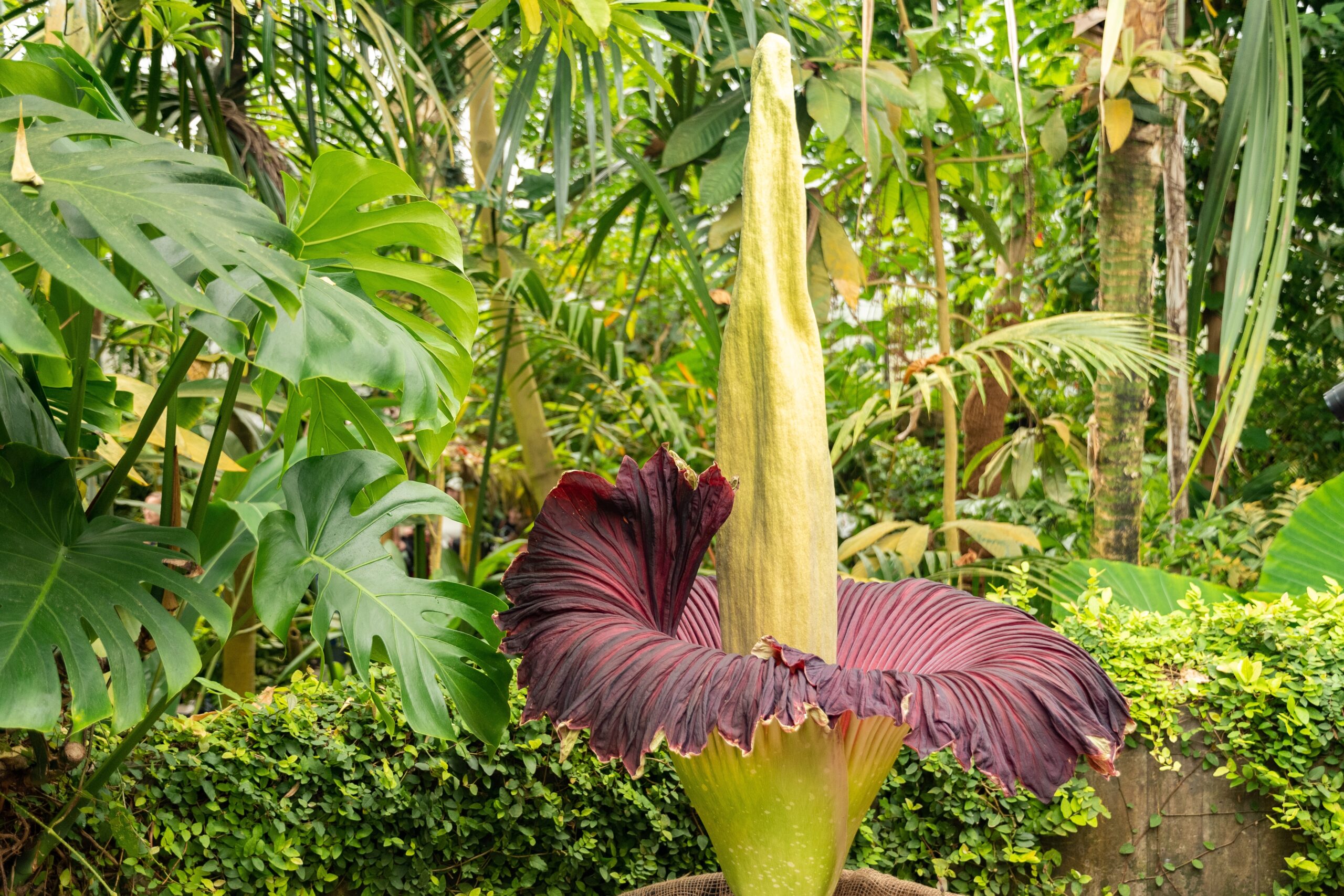
The Titan Arum, also known as the “stinking corpse lily,” grows in the rainforests of western Sumatra. It produces one of the world’s largest and most foul-smelling inflorescences, capable of reaching up to 10 feet tall. The scent, which resembles rotting flesh, attracts pollinators like carrion beetles and flies. This unique plant can take several years to bloom, making sightings rare. Its numbers have declined due to deforestation, making it one of the rarest species in the region.
Coco de Mer (Lodoicea maldivica)
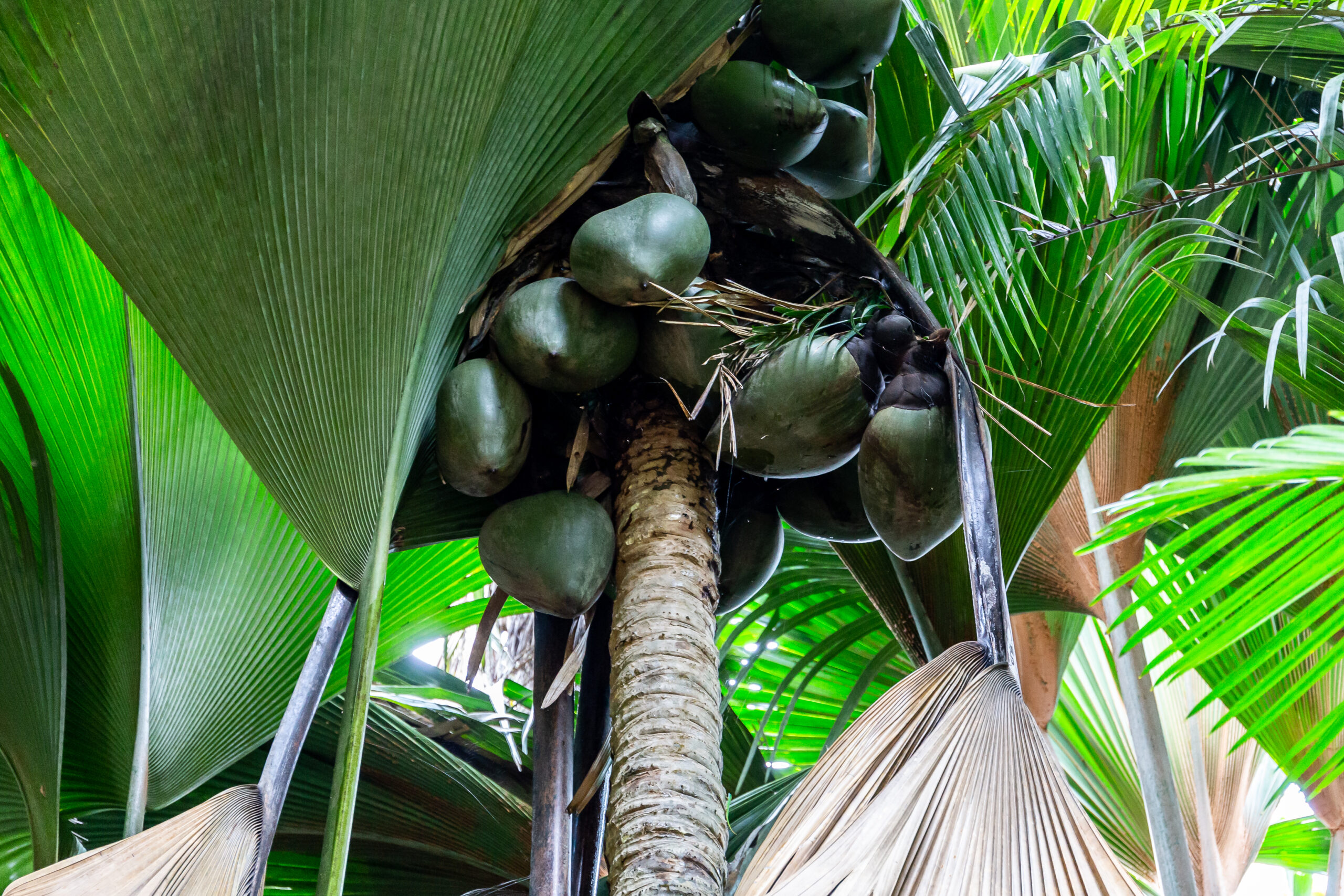
The Coco de Mer, native to the Seychelles Islands, is famous for producing the largest seed in the plant kingdom. It grows in tropical rainforests on the islands of Praslin and Curieuse. The tree’s enormous, fan-shaped leaves create a unique rainforest canopy. Its seeds, resembling a double coconut, were once thought to have mystical properties. However, illegal harvesting and habitat loss have pushed the species to the brink. Conservation efforts are now in place to protect its limited population.
Lady’s Slipper Orchid (Cypripedium calceolus)
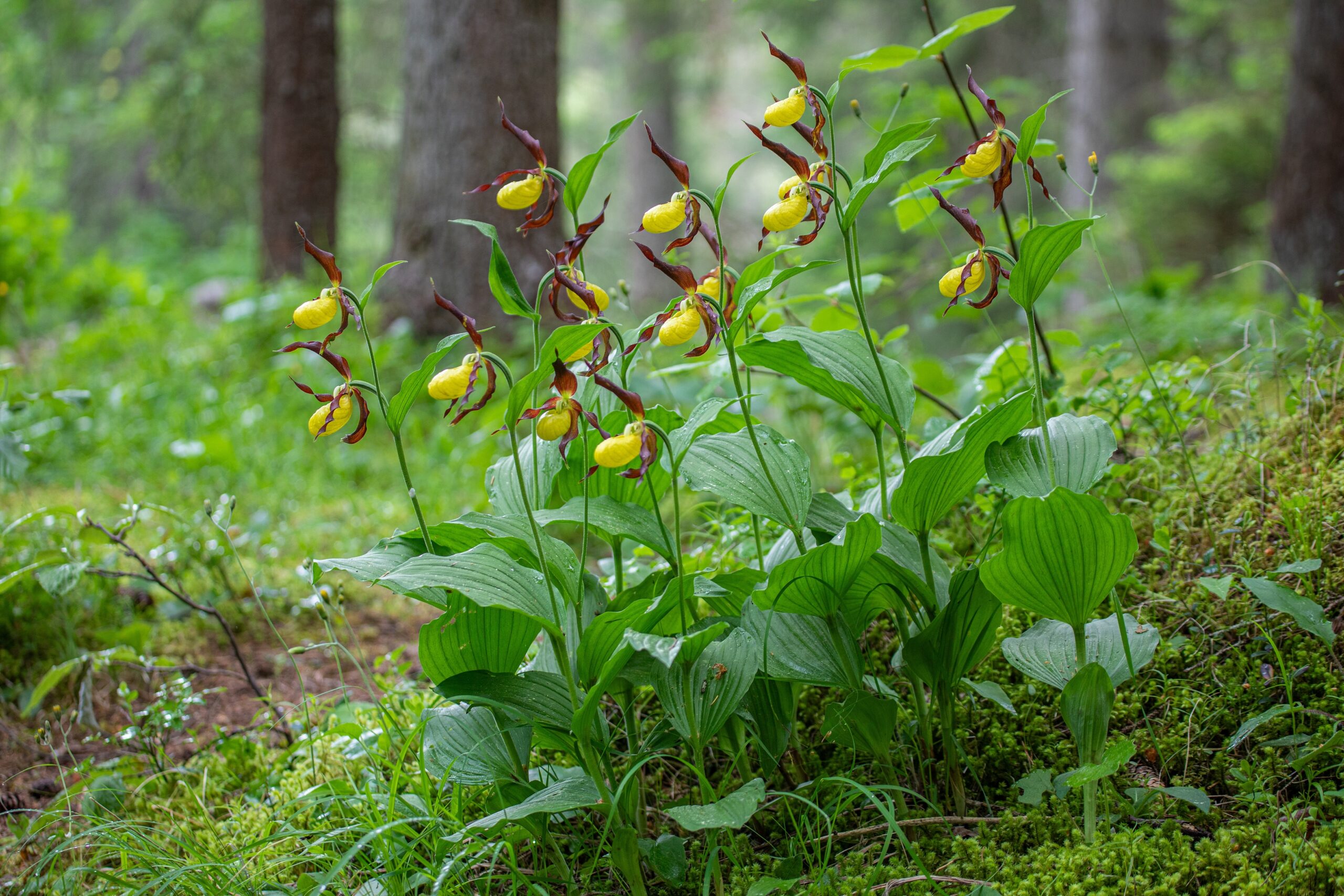
The Lady’s Slipper Orchid, with its vibrant yellow and purple flowers, is a rare sight in the wild. It inhabits temperate rainforests across Europe and Asia. This orchid is easily recognizable by its pouch-shaped petals that resemble a slipper. The plant requires a delicate balance of light, moisture, and soil to thrive, making it particularly sensitive to environmental changes. Habitat destruction and illegal collection for the horticultural trade have driven this species towards extinction.
Arabian Jasmine (Jasminum sambac)
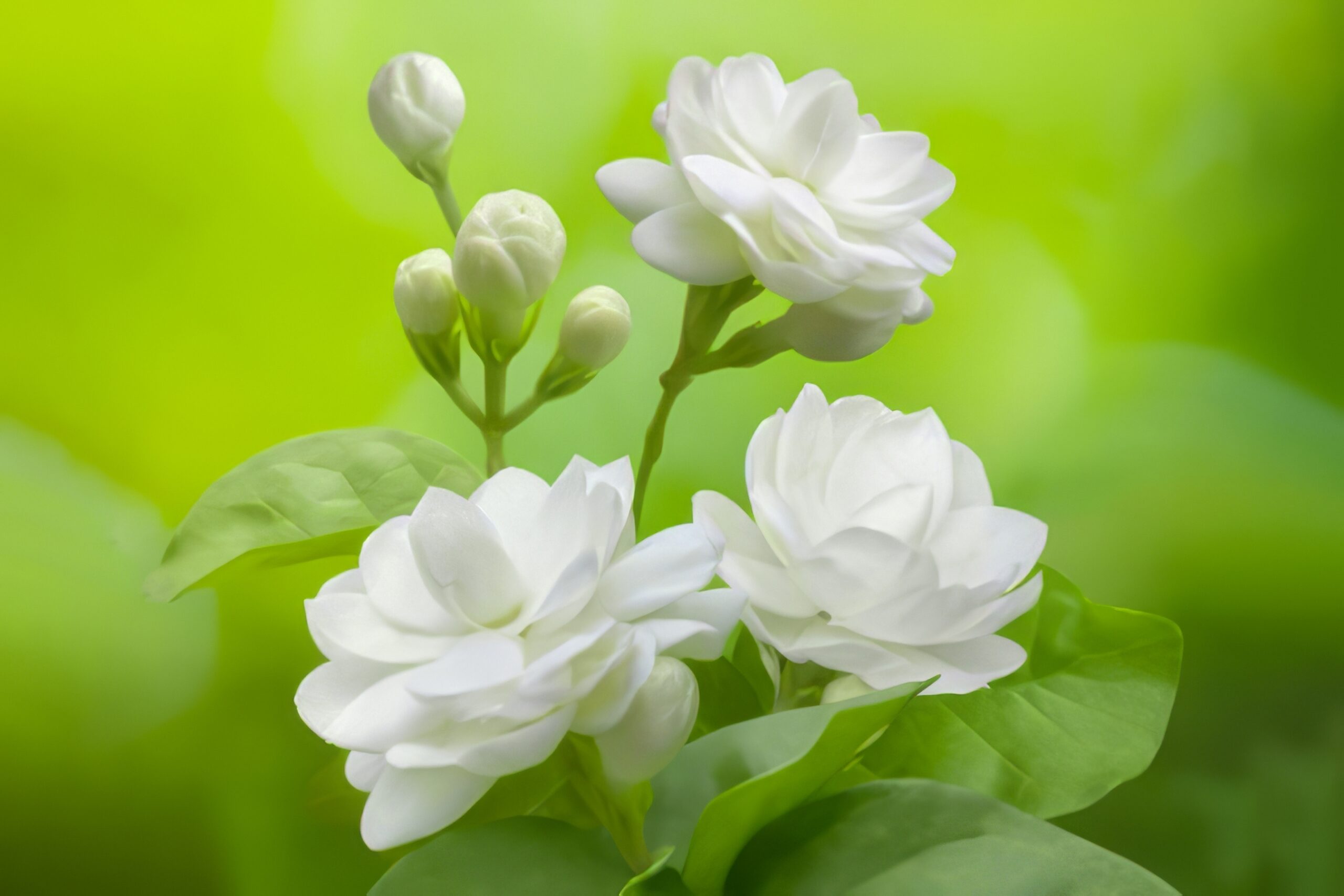
Arabian Jasmine is a small, fragrant shrub found in tropical rainforests of Southeast Asia, particularly in India and the Philippines. It’s renowned for its white, star-shaped flowers, which are used to make perfumes and teas. The plant prefers humid, tropical conditions and can be found growing in lowland rainforests. However, habitat destruction has made it increasingly rare. It’s highly prized for its cultural and commercial value, but conservation efforts are needed to protect it from further decline.
Wood’s Cycad (Encephalartos woodii)

Wood’s Cycad is one of the rarest plants in the world, known for its striking, glossy leaves and slow growth. Native to the forests of South Africa, this species is extinct in the wild, with only a few clones remaining in botanical gardens. It belongs to an ancient plant group that predates the dinosaurs, making it a living fossil. The cycads have long, spiky leaves and a tall trunk, giving them a palm-like appearance. Since all existing plants are male, natural reproduction is impossible. Conservationists are working to ensure its survival through cultivation programs.
Indigenous Quassia (Quassia indica)
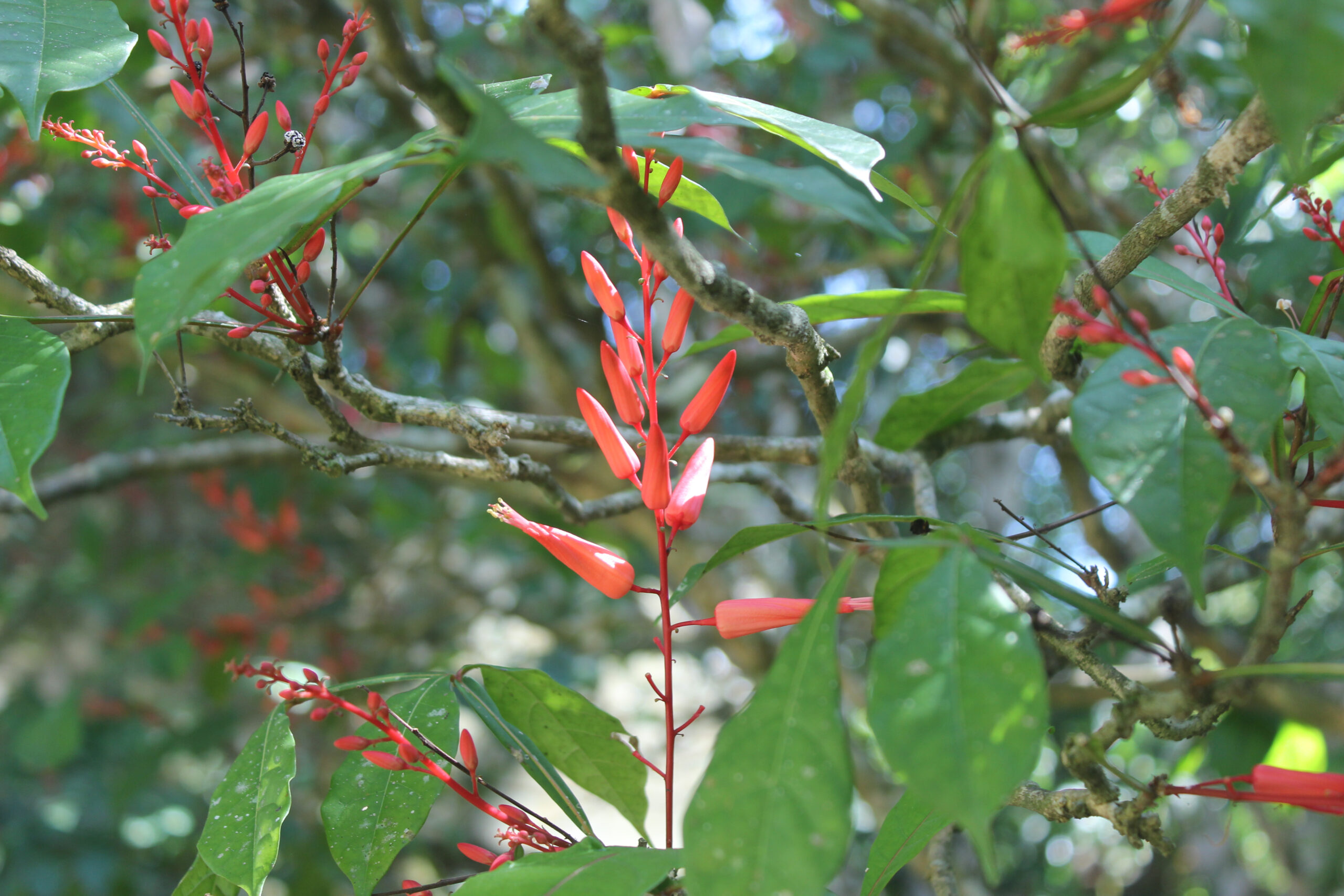
Indigenous Quassia is a small tree found in the tropical rainforests of Madagascar. This plant is highly valued for its medicinal properties, particularly its bitter wood used in traditional remedies. Its vibrant red flowers and glossy green leaves make it visually striking. The tree’s habitat has been shrinking due to deforestation and agriculture. Despite its medicinal uses, overharvesting has placed the species at risk. Conservation efforts are underway, but the rapid destruction of its natural environment continues to threaten its survival.
Hot Lips Plant (Psychotria elata)
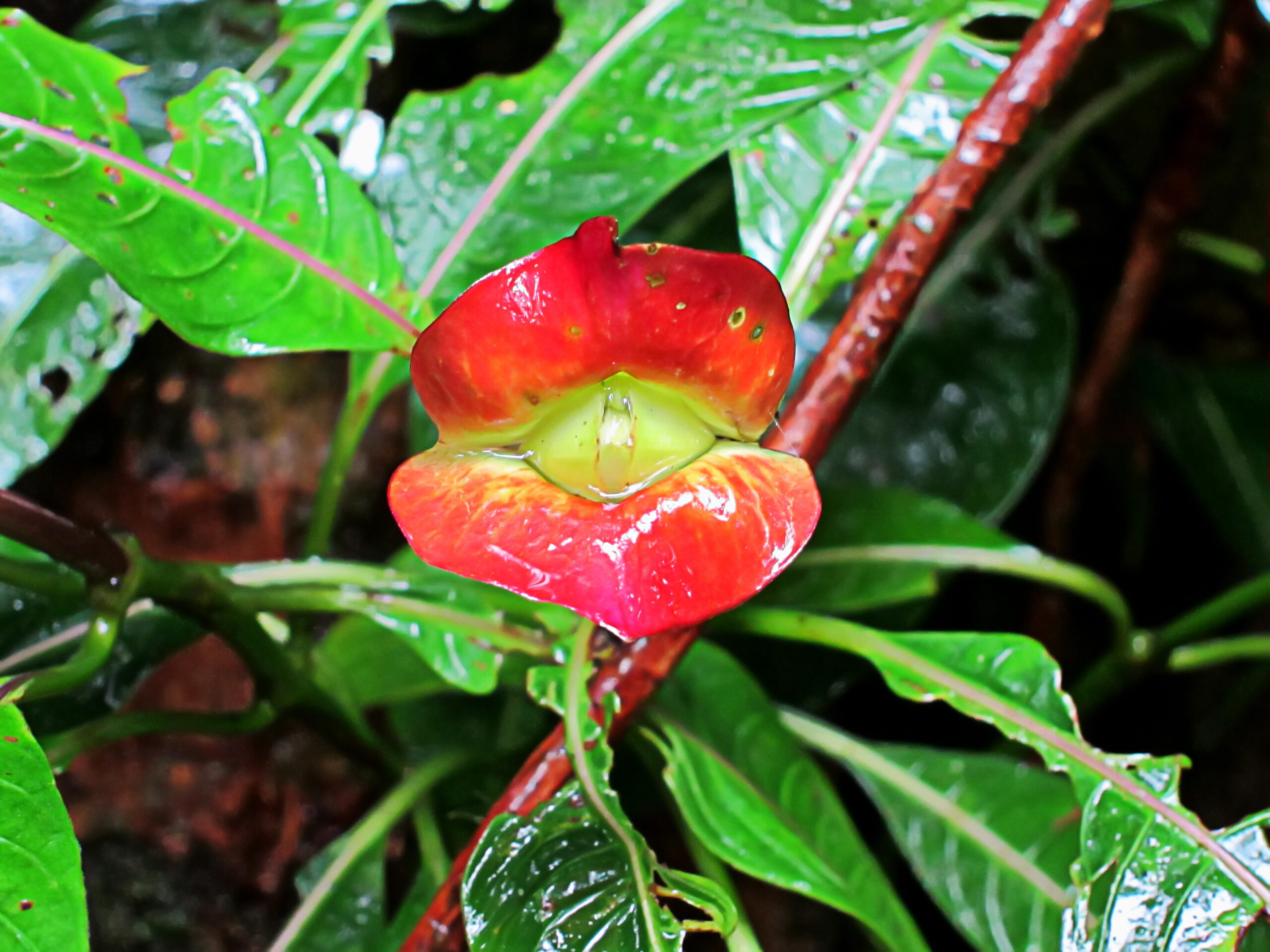
The Hot Lips Plant is named for its distinctive red bracts that resemble puckered lips. It grows in the tropical rainforests of Central and South America, where it thrives in the humid, shaded understory. This plant is a favorite among pollinators, especially hummingbirds and butterflies, drawn to its bright red flowers. It prefers moist, fertile soil and requires a specific climate to flourish. However, habitat destruction has reduced its numbers significantly. Its striking appearance has made it a target for collectors, further endangering the species.
Alpine Sundew (Drosera arcturi)
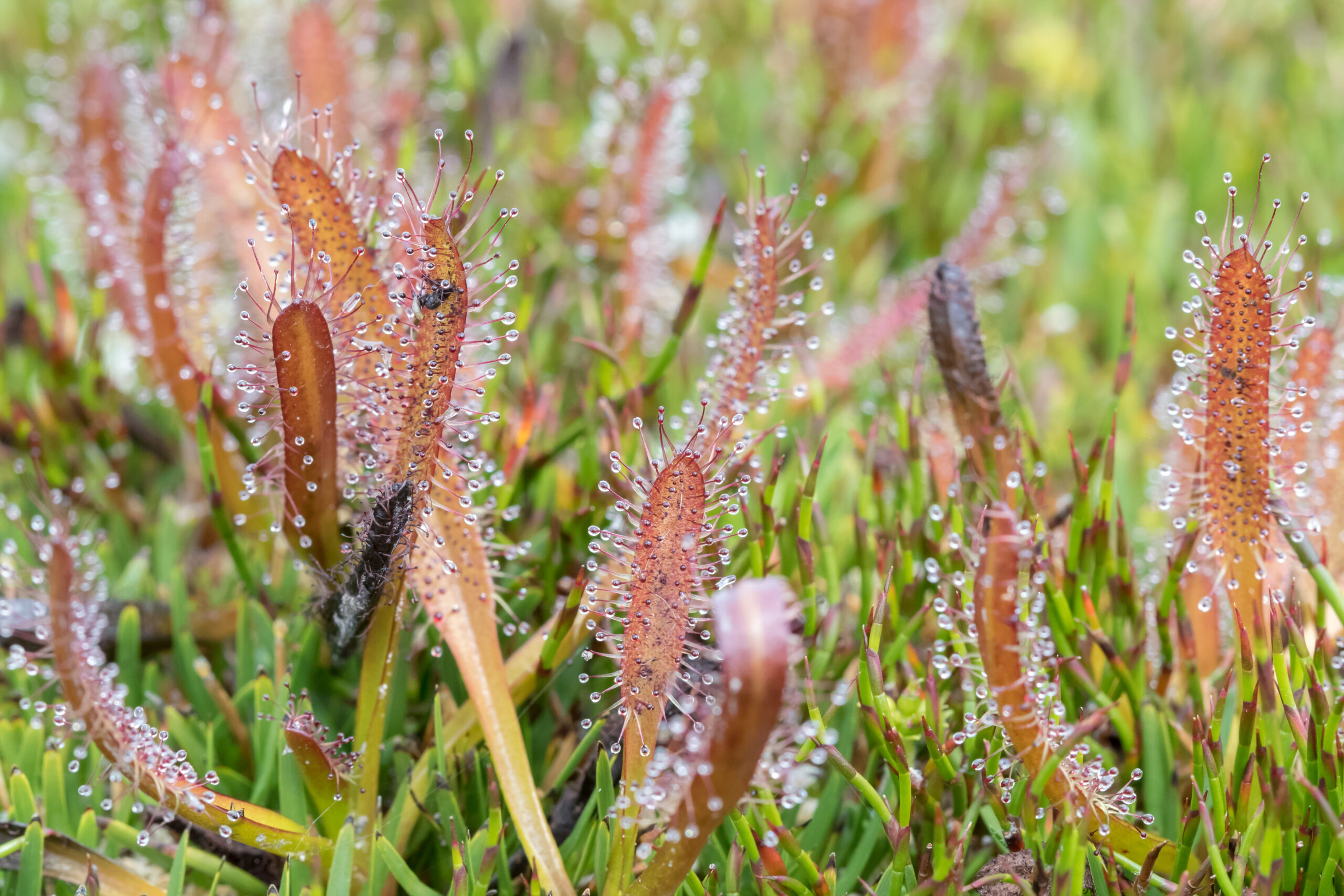
The Alpine Sundew is a carnivorous plant native to the rainforests of New Zealand and Tasmania. This small, delicate plant has sticky, dew-covered tentacles that trap and digest insects. It thrives in the cool, moist alpine regions of rainforests, where nutrient-poor soil gives it an advantage over other species. The plant’s slender leaves and red-tipped tentacles make it easy to identify. Unfortunately, habitat loss and climate change have pushed the Alpine Sundew to the brink. Its specialized habitat is shrinking, leaving fewer areas where it can thrive.
Cuthbertson’s Dendrobium (Dendrobium cuthbertsonii)
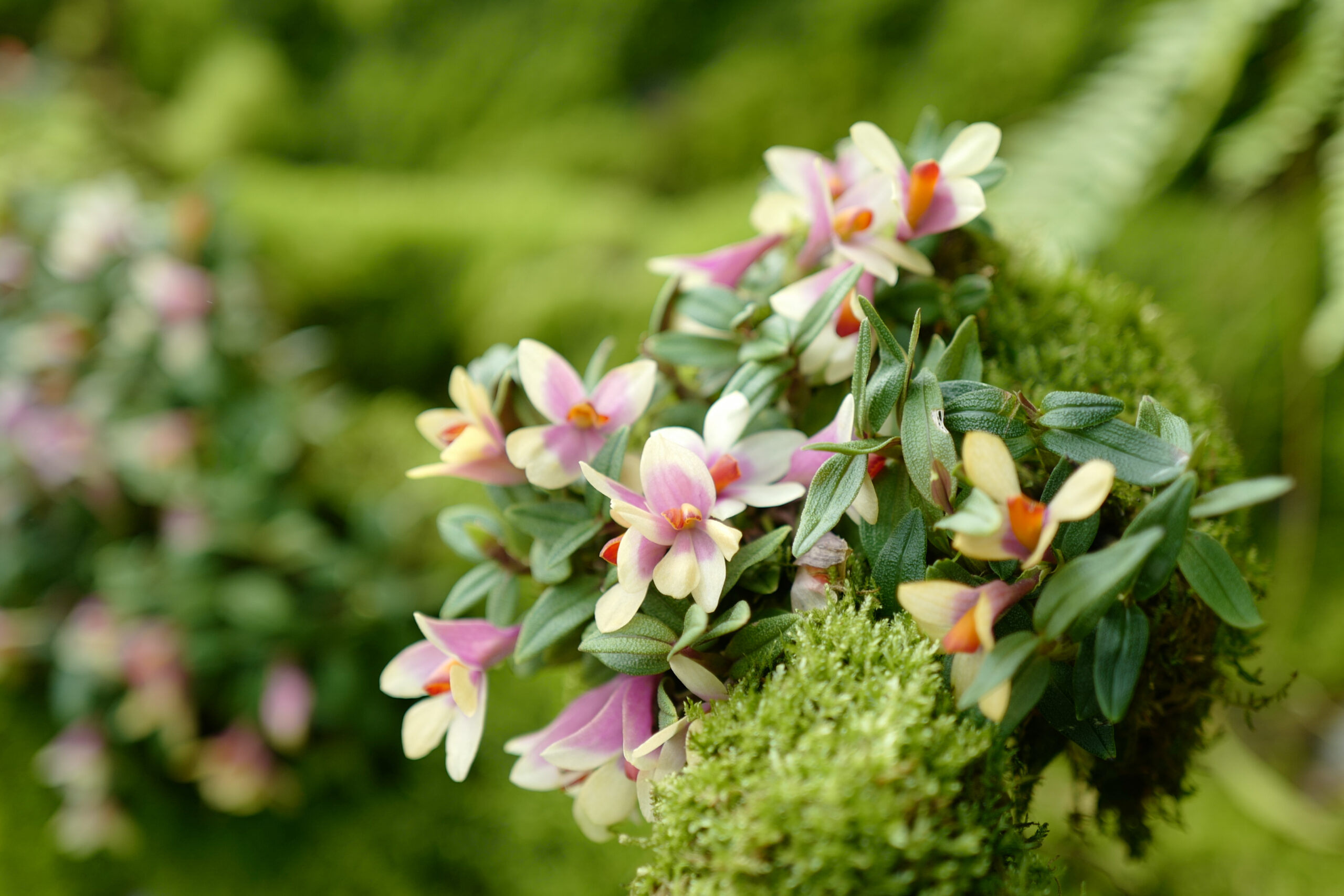
Cuthbertson’s Dendrobium is a vibrant orchid species found in the montane rainforests of Papua New Guinea. Known for its small size and bright pink or orange flowers, it grows on mossy tree trunks and branches. The plant prefers cool, misty conditions and is highly sensitive to changes in its environment. This orchid’s slow growth and low reproduction rate make it vulnerable to habitat loss. Illegal collection for the horticultural trade has further diminished its numbers, putting it at high risk of extinction.
Devil’s Hand Tree (Chiranthodendron pentadactylon)
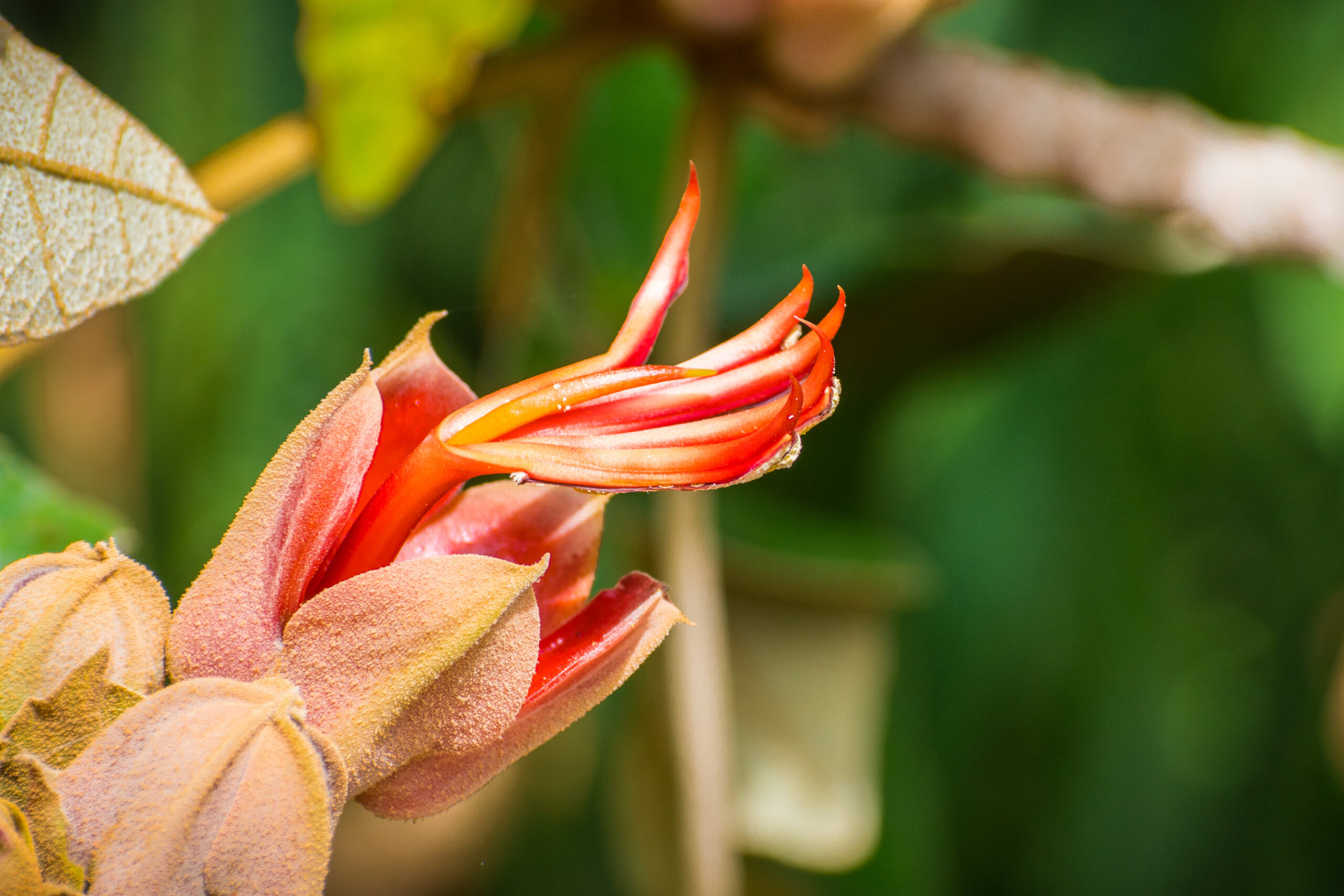
The Devil’s Hand Tree is a striking tree native to the cloud forests of Central America, particularly in Mexico and Guatemala. Its name comes from the red, hand-shaped flowers that appear to reach out from its branches. The tree can grow up to 30 meters tall and has dark green, glossy leaves. It has cultural significance and has been used in traditional medicine. However, deforestation and land conversion have dramatically reduced its population in the wild. Its unique appearance makes it a popular ornamental tree, which has increased its risk of overharvesting.
Schlieben’s Coral Tree (Erythrina schliebenii)
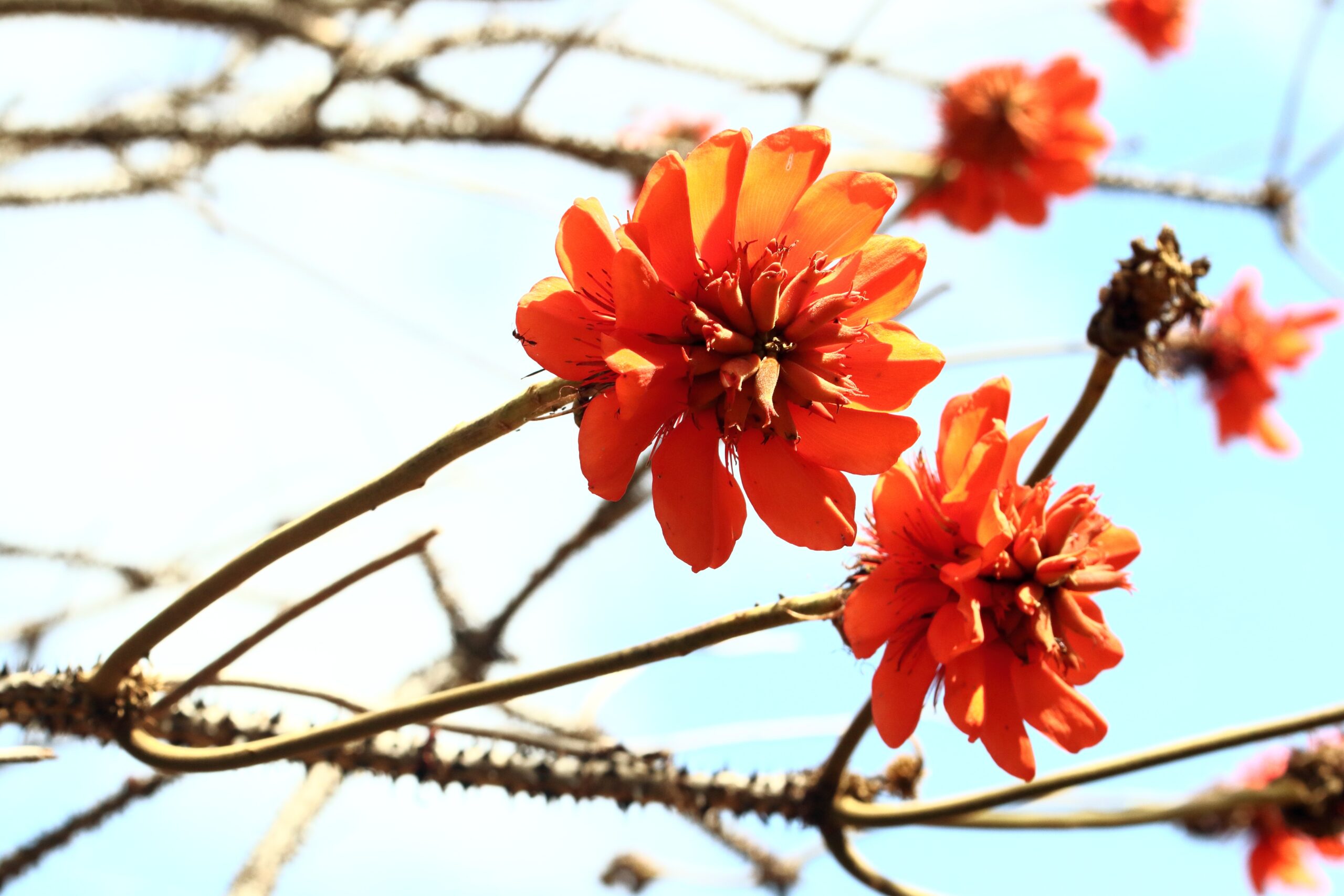
Schlieben’s Coral Tree is a critically endangered species found in the coastal rainforests of Tanzania. This small tree produces vibrant red flowers that attract a variety of pollinators, including birds and insects. It was once thought to be extinct until a small population was rediscovered in the 1990s. The tree’s striking appearance and role in supporting local wildlife make it ecologically significant. However, deforestation and agricultural expansion continue to threaten its existence. Efforts are being made to protect the remaining population through conservation programs.
This article originally appeared on Rarest.org.
More from Rarest.org
14 Pollinators Vital to Our Ecosystem that are in Decline
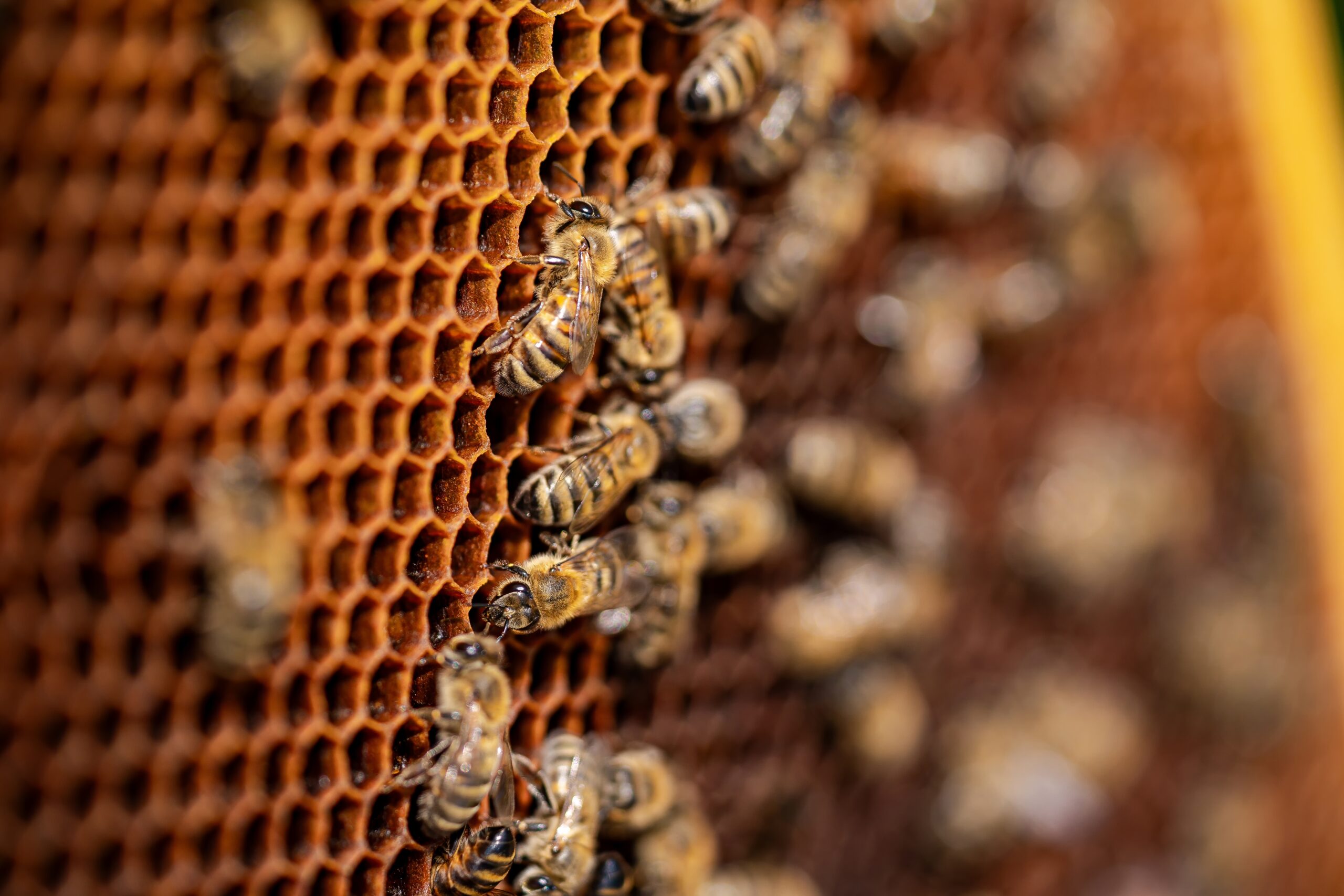
Pollinators play a crucial role in maintaining the health of ecosystems. They are responsible for pollinating many of the plants that provide us with food, fuel, and fiber. Read More.
19 Vintage Movie Posters That Have Become Priceless Collectibles

Vintage movie posters are more than just promotional material; they are pieces of art that tell a story of cinema’s golden age. Read More.
15 Discarded Technological Gadgets Now Seen as Expensive Collectibles

Technology moves fast, but some gadgets hold a special place in history and are now considered valuable collectibles. Read More.
